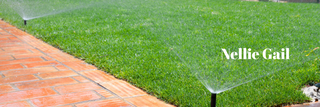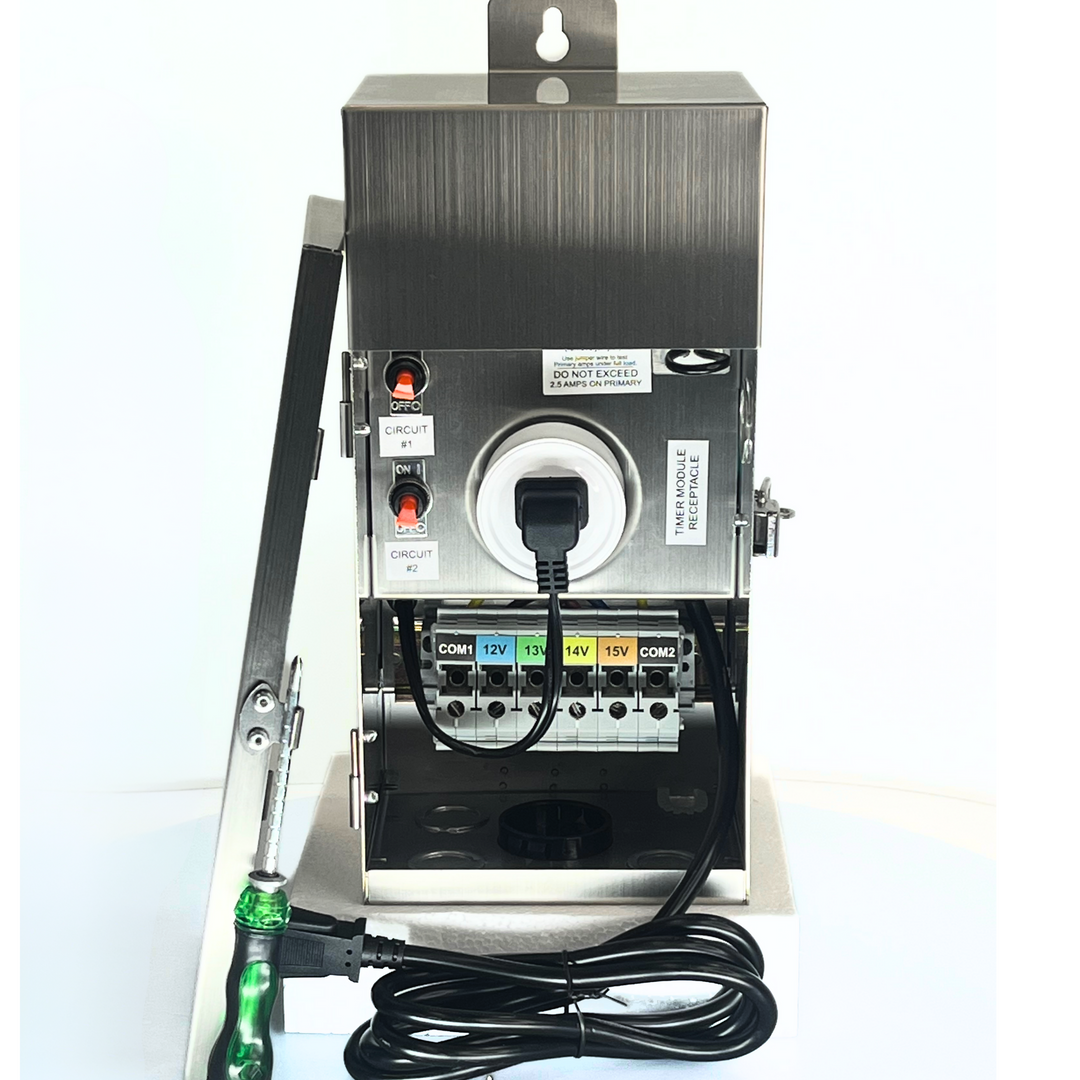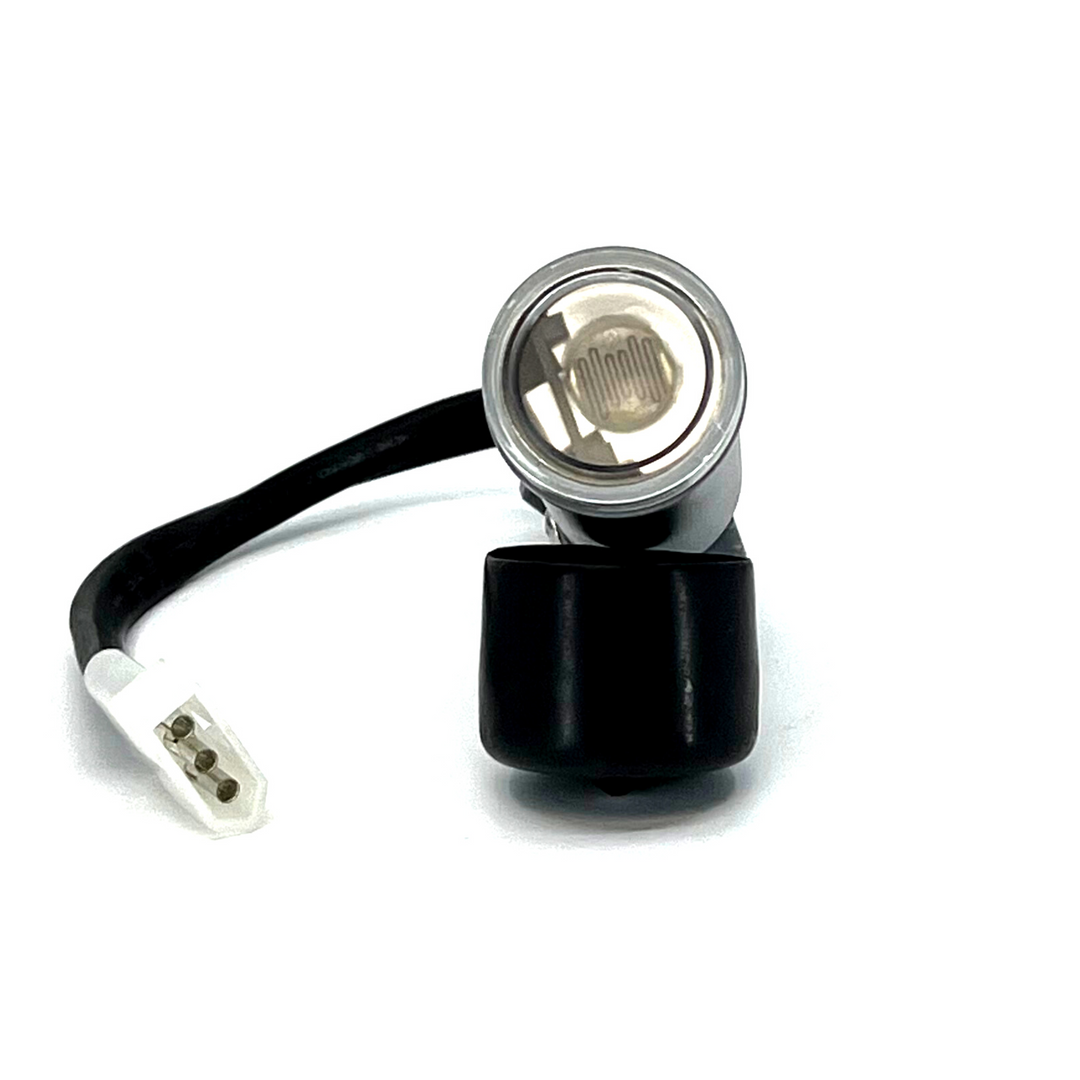
Flowing Forward: The Impact of Efficient Drainage in 92657
|
|
Time to read 6 min
Drainage may not often grab public attention, but its influence is felt every day—especially in coastal cities like those within the 92657 ZIP code. From safeguarding homes during rainstorms to preserving local ecosystems, efficient drainage is a cornerstone of resilient community infrastructure. In 92657, where neighborhoods are built into hillsides and coastal conditions influence development patterns, managing stormwater effectively is not just a convenience—it’s a necessity.
This article explores how smart drainage systems help reduce flooding, protect infrastructure, and support the long-term health of urban and rural environments. By understanding the unique needs of 92657 and embracing innovative strategies, communities can build a safer and more sustainable future.
Understanding the Drainage Landscape in 92657
Regional Characteristics That Shape Drainage Needs
The 92657 area presents a complex mix of urban development and steep natural landscapes. As rainfall flows downhill, it picks up speed and volume, threatening both built and natural environments. In addition, the presence of large paved surfaces—such as roads, driveways, and rooftops—limits the ground's ability to absorb water. This leads to increased surface runoff during storms, which must be managed quickly to prevent damage.
With Laguna Niguel’s proximity to the coast and reliance on hillside construction, drainage systems must be engineered to work with gravity while also reducing the volume and speed of water that reaches the bottom. Without efficient solutions, even moderate rain can overwhelm the landscape and create lasting problems.
Challenges Created by Inefficient Systems
Inadequate drainage in 92657 often leads to localized flooding, especially in low-lying intersections and residential cul-de-sacs. Erosion is another critical concern—steep gradients funnel water with force, stripping away soil and destabilizing hillsides. Stormwater also picks up contaminants like oil, trash, and sediment, funneling them into creeks and, eventually, the Pacific Ocean. This degrades water quality and harms marine ecosystems.
Over time, poorly managed stormwater places stress on roads, public utilities, and private properties. Cracked pavement, foundation damage, and clogged storm drains are all costly consequences of subpar systems.

The Role of Effective Drainage in Urban and Rural Planning
Urban Development and Surface Runoff
In 92657’s residential zones, the ratio of hard surfaces to green space is high. Every driveway, patio, and street contributes to runoff volume. Effective drainage planning must therefore be integrated into construction from the start. Systems like storm drains, catch basins, and slope-directed curbs help guide water away from structures and toward treatment zones or discharge points.
New developments often include underground retention systems or bioswales—landscape features designed to slow water and encourage absorption. These tools ensure that runoff is not only moved but treated in the process.
Drainage in Low-Density and Natural Areas
Rural and undeveloped parts of 92657 benefit from more natural drainage patterns. However, even these areas require management. Without careful design, stormwater can carve out gullies or damage natural habitats. Preservation of vegetation is key, as plant roots help anchor soil and improve infiltration.
Hybrid strategies—combining modern engineering with ecological features—are ideal in these environments. For example, a natural creek bed might be enhanced with rock linings or shallow channels to control erosion without disrupting the landscape.
Lorem ipsum dolor sit amet consectetur adipisicing elit. Illum neque eaque, autem sit soluta, voluptatum libero magnam tempore ullam at harum vel, ad reprehenderit, nemo veniam quas in voluptas hic. Lorem ipsum dolor, sit amet consectetur adipisicing elit. Natus id officia omnis suscipit aut architecto repellat a quia eaque reiciendis blanditiis perferendis hic, nihil, mollitia. Iste velit aperiam, numquam dolorem.
Environmental Benefits of Efficient Drainage Systems
Stormwater as an Environmental Vector
Runoff isn’t just water—it’s a carrier of pollutants. In areas like 92657, where coastal proximity intensifies ecological sensitivity, controlling what enters the stormwater system is crucial. Efficient drainage acts as a filtration process, slowing water and allowing sediments and toxins to settle out or be absorbed. When pet waste, fertilizers, and automotive fluids are washed into storm drains, they end up in natural waterways. Drainage systems designed with pollution control filters or sediment traps intercept these pollutants, ensuring they don’t accumulate in sensitive environments downstream.
Reducing pollutant load protects aquatic ecosystems downstream and contributes to healthier beaches and marine life along the coastline.
Ecosystem Protection in Coastal Regions
92657 sits at the edge of ecologically significant zones, including protected marine areas and migratory bird habitats. Poor drainage can lead to excessive nutrient runoff, which contributes to algal blooms and oxygen depletion in water bodies. By managing flow rate and pollutant content, drainage systems help preserve biodiversity and maintain the delicate balance of coastal life.
Soil Conservation and Groundwater Recharge
Soil erosion removes fertile layers and destabilizes slopes. Smart drainage systems reduce flow speed and allow water to percolate into the soil instead of washing it away. This not only protects landscaping and hillside homes but also supports groundwater recharge—a vital resource in water-scarce California.
Public Safety and Infrastructure Resilience
Impact on Roads, Sidewalks, and Utilities
In 92657, even minor drainage issues can cause major disruptions. Water that collects on roadways creates driving hazards and accelerates pavement deterioration. Over time, underground pipes can shift or corrode due to moisture and soil movement. Electrical systems and utility poles are also at risk in flood-prone areas.
Efficient systems minimize water pooling and redirect runoff safely away from public infrastructure. This protects investments and reduces the frequency of repairs.
Emergency Response and Storm Preparation
When drainage works well, it often goes unnoticed. But in moments of extreme weather, the difference between preparedness and panic can come down to whether a storm drain was properly designed or maintained. Emergency responders in 92657 rely on open roads and clear access—conditions made possible by well-functioning stormwater systems.
Drainage networks that incorporate overflow buffers, diversion routes, and real-time monitoring are more capable of absorbing the shock of unusual rain events.
Lowering Long-Term Infrastructure Costs
Repairing flood damage is far more expensive than preventing it. Smart drainage investments reduce the need for post-disaster rebuilding. In addition, efficient drainage minimizes the wear-and-tear on streets and sewer systems, extending their service life and allowing municipalities to allocate funds elsewhere.
Innovative Technologies and Sustainable Practices
Smart Stormwater Systems
Technology is transforming how cities manage water. In 92657, where microclimates and topography complicate stormwater flow, smart sensors and data analytics provide real-time feedback. These systems detect rising water levels and automatically open or redirect flows, helping prevent overflows before they occur. For example, a sensor-based drain system in a hillside neighborhood could detect early signs of clogging and alert maintenance teams before runoff backs up. This early warning system reduces response times and avoids more extensive damage.
Data collected over time also helps planners understand long-term patterns and fine-tune infrastructure accordingly.
Green Infrastructure Solutions
Green infrastructure takes advantage of nature’s ability to filter and manage water. Rain gardens, bioswales, vegetated roofs, and tree canopies all serve a role. In residential areas of 92657, these elements reduce runoff while enhancing curb appeal and property aesthetics.
Beyond beauty, they also improve local air quality, increase biodiversity, and support thermal comfort by reducing the urban heat island effect.
Advanced Construction Techniques
Permeable pavement, modular underground tanks, and contour grading techniques are increasingly used in modern development. These allow engineers to design systems that slow, store, and treat water underground, reducing the burden on surface-level drains. Older properties in 92657 can be retrofitted with these solutions, extending the benefits to already-established neighborhoods.
Community Involvement and Proactive Planning
The Role of Local Governments
Municipal leadership is vital in enforcing drainage standards and encouraging long-term planning. Building codes, zoning ordinances, and capital improvement projects all influence drainage outcomes. In 92657, city officials must balance preservation with growth, ensuring that each new development contributes positively to water management goals.
Public Engagement and Education
Community members have a direct impact on how well drainage systems function. Leaves and debris left in gutters can block storm drains and create flooding. Over-irrigation can wash chemicals into waterways. By educating residents about their role in drainage health, local agencies can build a more flood-resilient culture. In 92657, local agencies often distribute seasonal mailers or digital newsletters encouraging residents to check gutters before the rainy season and adopt native landscaping. These small actions, when taken collectively, significantly improve neighborhood drainage.
Maintenance and Monitoring
Maintenance is just as important as design. Regular inspections, cleanouts, and flow testing keep systems operating at peak efficiency. Involving residents in simple practices—like clearing inlets or reporting blockages—adds an extra layer of protection.
Toward a Resilient Future in 92657
Efficient drainage is more than a utility—it’s a public good that touches every aspect of community life. In 92657, where coastal beauty meets hillside complexity, investing in modern, sustainable drainage systems means safeguarding homes, protecting the environment, and preserving quality of life for generations to come.
By combining forward-thinking design with community-wide participation, 92657 can continue to thrive in the face of both everyday weather and climate-related challenges. The future of drainage isn’t just about moving water—it’s about moving forward together.












